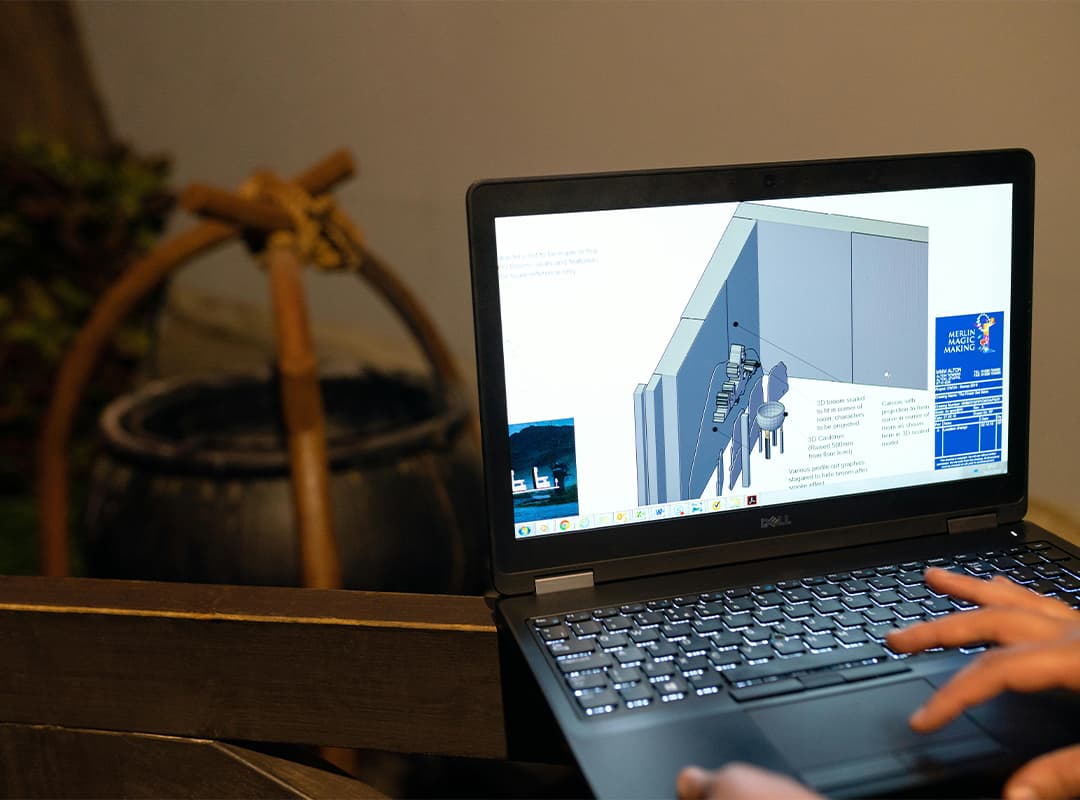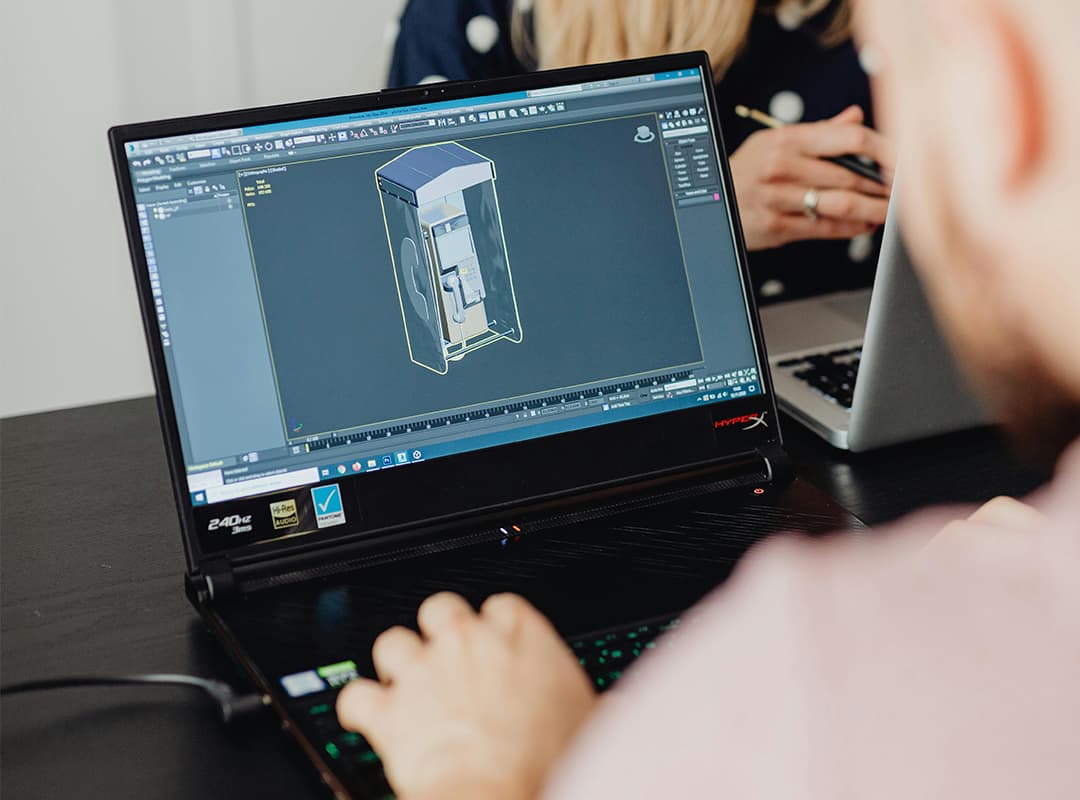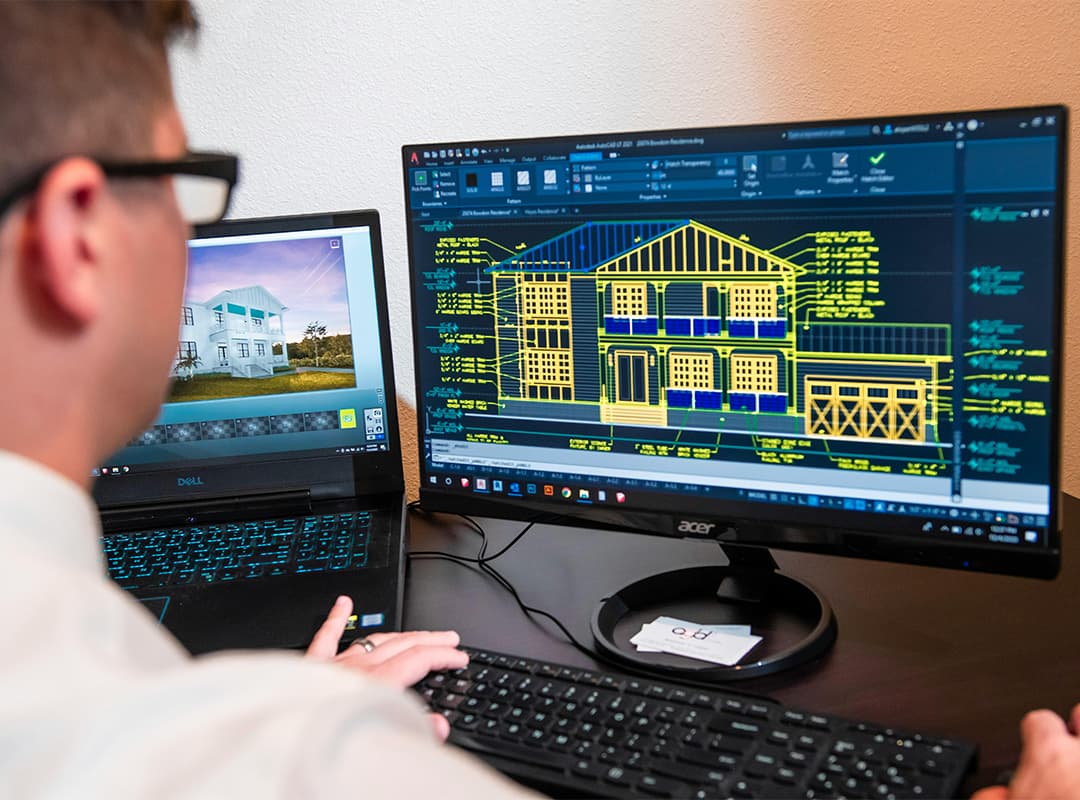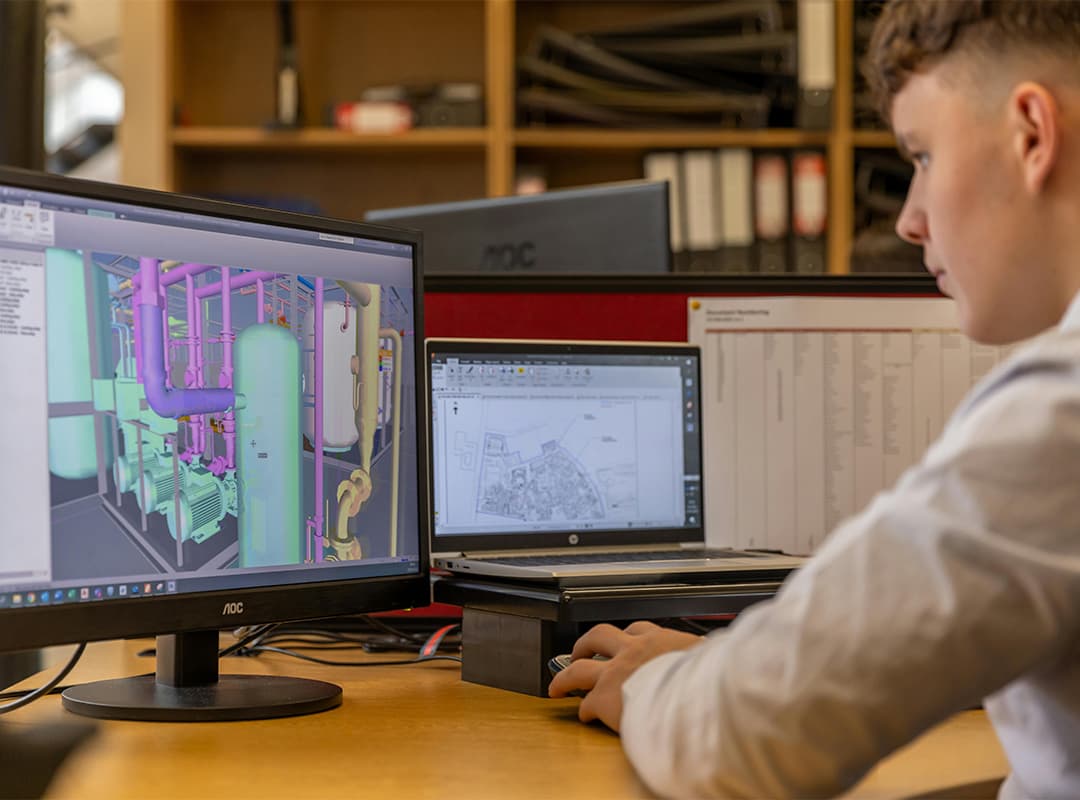The rapid evolution of automated transportation systems (ATS) is reshaping the landscape of mobility. From self-driving cars to smart public transit solutions, the demand for efficient, safe, and sustainable transportation has driven significant advancements in modeling technologies. These advancements enable engineers and researchers to optimize system performance, enhance safety, and streamline operations. This article explores the latest achievements in modeling for automated transportation systems, highlighting key methodologies and technologies, including the innovative Secrypt app.
The Importance of Modeling in Automated Transportation Systems
Modeling is crucial for understanding the complex interactions within automated transportation systems. It allows for the simulation of various scenarios, enabling designers and operators to anticipate challenges, optimize routes, and improve overall system performance. With the growing complexity of transportation networks and the need for integration with existing infrastructure, effective modeling becomes essential for ensuring the successful implementation of automated solutions.
Recent Advances in Modeling Techniques
- Agent-Based Modeling (ABM)
Agent-based modeling has gained traction in the development of automated transportation systems. This approach simulates the behavior of individual agents, such as vehicles, pedestrians, and traffic signals, allowing researchers to observe how these entities interact within a transportation network.Recent advancements in ABM have enabled the simulation of large-scale urban environments, providing insights into traffic flow, congestion patterns, and the impact of automated vehicles on existing infrastructure. By understanding these dynamics, planners can design smarter transportation systems that enhance efficiency and safety. - Simulation of Connected Vehicles
The rise of connected vehicle technology has transformed the landscape of automated transportation systems. Recent modeling advancements allow for the simulation of vehicle-to-vehicle (V2V) and vehicle-to-infrastructure (V2I) communications. These models can predict how connected vehicles interact with one another and with traffic management systems, optimizing traffic flow and reducing congestion.For example, simulations can demonstrate how coordinated traffic signals and connected vehicles can work together to minimize delays at intersections. This level of integration can lead to smoother traffic patterns and reduced travel times, contributing to a more efficient transportation network. - Dynamic Traffic Assignment Models
As automated transportation systems continue to evolve, the need for dynamic traffic assignment models has become increasingly important. These models account for real-time traffic conditions, enabling transportation planners to optimize routing for both automated and traditional vehicles.Recent developments in dynamic traffic assignment have led to algorithms that can adjust routes based on current congestion levels, incidents, and other variables. This capability allows for more efficient use of road networks and can significantly reduce travel times for commuters.
Integration of Simulation Technologies
The integration of advanced simulation technologies has been a game-changer for the development of automated transportation systems. These technologies facilitate real-time monitoring and analysis of transportation networks, enabling quicker decision-making and more responsive system management.
- Digital Twins
The concept of digital twins—virtual representations of physical systems—has gained prominence in the field of automated transportation. Digital twins allow for the real-time monitoring and simulation of transportation infrastructure, providing valuable insights into performance and potential issues.By utilizing digital twins, transportation authorities can proactively address maintenance needs, optimize traffic management strategies, and enhance the overall resilience of transportation networks. - Secrypt App for Enhanced Security
As automated transportation systems become increasingly reliant on connected technologies, cybersecurity has emerged as a critical concern. The Secrypt app represents a significant advancement in ensuring secure communication within these systems.This app employs robust encryption protocols to protect data exchanged between vehicles, infrastructure, and traffic management systems. By securing communication channels, the Secrypt app helps to mitigate risks associated with cyberattacks, ensuring the safety and reliability of automated transportation networks.
Challenges and Future Directions
Despite the advancements in modeling for automated transportation systems, several challenges remain. Issues such as data privacy, cybersecurity, and the integration of automated vehicles into existing transportation networks must be addressed.
Future directions in modeling for automated transportation systems include:
- Enhanced Data Analytics
The incorporation of advanced data analytics techniques, such as machine learning and artificial intelligence, can improve modeling accuracy and predictive capabilities. These technologies can analyze vast amounts of data generated by automated systems, enabling more informed decision-making and optimization strategies. - Interdisciplinary Collaboration
The development of automated transportation systems requires collaboration between various disciplines, including engineering, urban planning, and data science. By fostering interdisciplinary partnerships, stakeholders can address complex challenges and drive innovation in modeling techniques. - Public Acceptance and Policy Development
As automated transportation systems become more prevalent, understanding public perceptions and developing appropriate policies will be essential. Modeling can play a crucial role in assessing the potential impacts of automated systems on society, allowing for the formulation of informed policies that promote safety, accessibility, and equity.
Recent advances in modeling for automated transportation systems are paving the way for safer, more efficient, and sustainable mobility solutions. Techniques such as agent-based modeling, dynamic traffic assignment, and the integration of simulation technologies are transforming the landscape of transportation planning and management.
As automated transportation systems continue to evolve, tools like the Secrypt app will play a vital role in ensuring secure communications and data integrity within these networks. By addressing the challenges ahead and embracing new technologies, stakeholders can harness the full potential of modeling to create transportation systems that meet the needs of future generations.
In summary, the future of automated transportation systems is bright, driven by innovation in modeling and simulation, making urban mobility smarter and more resilient.



